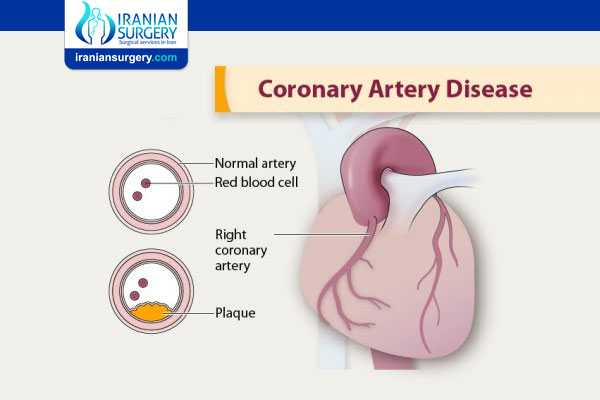Coronary Artery Disease Diagnosis
Coronary Artery Disease Diagnosis
Coronary artery disease is the buildup of plaque in the arteries that supply oxygen-rich blood to your heart. Plaque causes a narrowing or blockage that could result in a heart attack. Symptoms include chest pain or discomfort and shortness of breath. Treatments include lifestyle changes and medications that target your risk factors and/or possibly surgery.
How Is Coronary Artery Disease Diagnosed?
First, unless your condition is an emergency (you’re having a heart attack or stroke), your cardiologist (heart doctor) will ask you about your symptoms, take your medical history, review your risk factors and perform a physical exam.
Diagnostic tests may include:
. Electrocardiograph tests (EKG): This test records the electrical activity of the heart. Can detect heart attack, ischemia and heart rhythm issues.
. Exercise stress tests: This is a treadmill test to determine how well your heart functions when it’s working the hardest. Can detect angina and coronary blockages.
. Pharmacologic stress test: Instead of using exercise to test your heart when it is working its hardest, medication is given to increase your heart rate and mimic exercise. This test can detect angina and coronary blockages.
. Coronary calcium scan: This test measures the amount of calcium in the walls of your coronary arteries, which can be a sign of atherosclerosis.
. Echocardiogram: This test uses sound waves to see how well the structures of your heart are working and the overall function of your heart.
. Blood tests: Many blood tests are ordered for factors that affect arteries, such as triglycerides, cholesterol, lipoprotein, C-reactive protein, glucose, HbA1c (a measure of diabetic control) and other tests.
. Cardiac catheterization: This test involves inserting small tubes into the blood vessels of the heart to evaluate heart function including the presence of coronary artery disease.
Other diagnostic imaging tests may include:
. Nuclear imaging: This test produces images of the heart after administering a radioactive tracer.
. Computed tomography angiogram: Uses CT and contrast dye to view 3D pictures of the moving heart and detect blockages in the coronary arteries.
About Iranian Surgery
Iranian surgery is an online medical tourism platform where you can find the best cardiologists and cardiac surgeons in Iran. The price of coronary artery disease treatment in Iran can vary according to each individual’s case and will be determined by an in-person assessment with the doctor.
For more information about the cost of coronary artery disease treatment in Iran and to schedule an appointment in advance, you can contact Iranian Surgery consultants via WhatsApp number 0098 901 929 0946. This service is completely free.
Source:
https://my.clevelandclinic.org/health/diseases/16898-coronary-artery-disease


